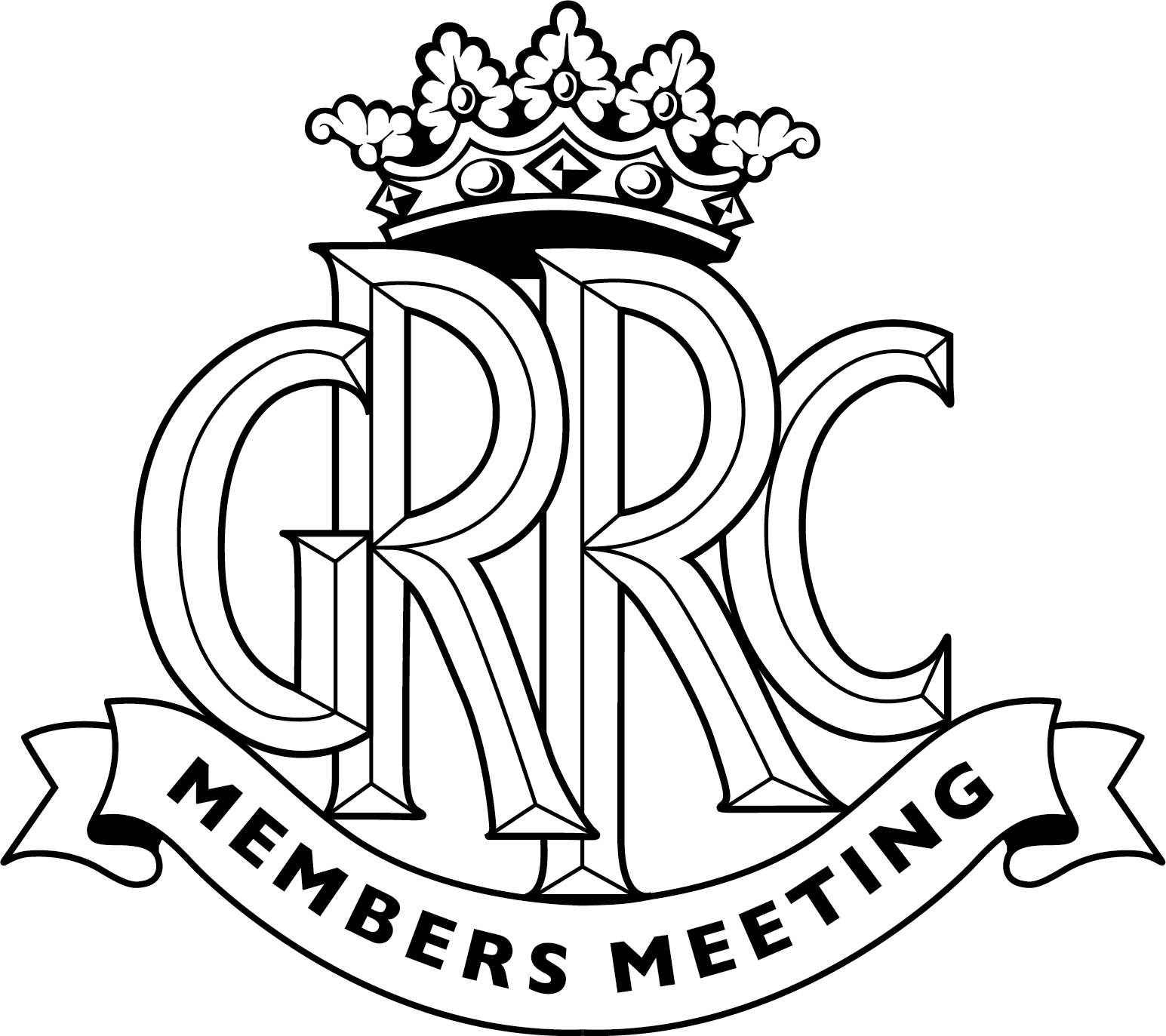How to electrify car production: inside Fiat’s 25-year-old Melfi plant
On the 16th October 1994, Fiat’s newest factory at Melfi officially opened its doors. 25 years and 7.4 million cars later, the plant is still churning out new cars at a rate that makes it Fiat Chrysler Automobile’s second largest plant in the world. Now it faces a new challenge: electrification.

The once broad, open plain of San Nicola – in a region of Italy that’s 70 per cent mountains – was identified as a possible Fiat production location in 1990. The project gathered pace so quickly that by 1991 the decision had been finalised and by 1993 construction had started. Just one year later, 12 million hours had been worked, 4 million cubic metres of earth had been moved and 10,000 metres of armoured power lines had been laid. The plant officially opened as a brand new Fiat Punto rolled off the assembly line, much to the delight of the Fiat bosses and the local community.
A key theme of the plant’s structure was ‘just in sequence, just in time’. What sounds like a fairly meaningless catchphrase forced the plant’s designers to think about car production differently. Rather than creating huge warehouses for thousands of parts, for example, the designers penned smaller storage spaces and made sure there were exceptionally easy-to-access road and train routes for suppliers – 40 per cent of all the parts used at Melfi come from suppliers on an industrial park next door. And where other plants might encourage processes to be hurried, the strict, highly efficient production timetable for every vehicle meant there was no incentive to rush anything, only to work at a very deliberate pace.
Today the plant is home to production of the Jeep Renegade and the Fiat 500X,a total of 1,200 of which are produced every day. But the production line is changing to accommodate the left-hand-drive Compass next year and the new Jeep Renegade PHEV, due to hit UK shores in 2020.
To celebrate the plant’s 25th birthday, and to see the first PHEVs move slowly down the production line, we spent the day exploring the plant, poking around the inside of Renegade dashboards and trying not to get run over by silent, knee-high, automated parts transporters.

Jeep, Fiat, Alfa Romeo and Abarth are all behind the curve when it comes to hybrid tech, which is why the Renegade PHEV is so important – it’s a hybrid and it’s an SUV. The Compass PHEV will be built on the same line, too, but for the time being that car will not be coming to the UK.
Walking onto the line, it’s immediately obvious why FCA has chosen Melfi to accommodate the new PHEV. It’s big, open, ordered and quiet.
For all the various areas of production you’ll find a manager and six workers. At the start of every shift, a worker will walk up to a terminal, on which they will have a screen that will tell them exactly what needs to be done for the car that’s in front of them. If you’re on the terminal where the seats are screwed in, you’ll see on the screen if the customer has ordered seats with a particular colour of stitching. As the Assembly Shop Manager Roberto Polsinelli said, “the terminal is the Bible of the car. If something special has to be done, it will constantly alert the worker, both visually and audibly.”

The whole line, spread across two floors, sees vehicles move along at a very steady pace, either in a rotating cradle that allows the underside of a car to be reached with the car suspended on its side, or resting on a floor panel that rises and falls to give the worker best access to whatever area of the car they’re working on. If a worker doesn’t swipe their card through a terminal at the beginning of a shift, the whole production line won’t move. Don’t leave your card at home, then.
Weirdly, there’s an unexpected lack of Italian flamboyance about the place. Everything is perfectly organised and clean, all part of that ‘just in sequence, just in time’ philosophy. Or at least we thought so, until we heard Eminem blasting through ceiling mounted speakers. As it turns out, if a worker has a problem that they can’t fix, music will play to alert their manager that there’s an issue. They have 60 seconds of music before the production line grinds to a halt. It’s like musical chairs, except rather than being left without somewhere to sit someone’s car might not get built that day. The drama.
Not only is every little delay recorded but so is every part used by every worker on every car at every terminal. “You can imagine how much data we manage every day,” Roberto says. “At the end of the shift we can analyse the data from all the stations and see what can be improved.”
Having watched a blue Compass PHEV shell being lifted and rotated around effortlessly we move on to the marriage ceremony. Instead of a vicar we’re greeted by a battery pack and an electric motor. The motor, battery, engine, gearbox, brakes and suspension are all connected together before a painted, part-finished Renegade is lowered down and the whole lot is screwed together. It’s the same process for non-PHEVs, just without all the hybrid kit. “Bolts are supposed to stay at the same torque for 15 years,” Roberto explains. In order to do that, however, the workers need to know one end of a drill from the other.
The Plant Academy is where every single one of the factory’s 7,265 employees is trained. There are theory classrooms as well as practice build terminals, giving every single person maximum exposure to the process they will be involved in before they make it onto the real production line. The key word there is ‘process’. They’re given hours of practice fitting trim together, for example, with the drill held at a particular angle and at an exact height. They’re also shown how a dirty, oily screw might not seem all that significant, but could result in a squeaky panel or mechanical failure a year or two down the road. With all the data that’s collected over a single car’s build, warranty claims and random quality inspections allow managers to track down who was responsible for a given issue, in a friendly, un-mafia-like way I hasten to add.
Every worker will also learn how the plant relies on every area to run to time. There’s a mini production floor with a dinky replica line and tiny toy supplier lorries. You learn the process, become more efficient and therefore keep cars on schedule, important when there are 180 trucks and eight trains arriving at the Melfi gates every day.

That constant drive to be more time efficient runs parallel to FCA’s desire to be more efficient as a company. There’s been a 25 per cent reduction in CO2 production and a 60 per cent reduction of water use over the last three years, not to mention a 40 per cent reduction in overall energy consumption. Reducing FCA’s global carbon footprint further is the decision to move production of European, Middle Eastern and African Compass models to Melfi from Mexico, meaning faster delivery times and reduced transport emissions (although the right-hand-drive Compass is still being built in Mexico).

Will a PHEV work? Jeep was keen to assure us the hybrid tech would reduce CO2 emissions, lower fuel consumption and cut fuel costs whilst giving more power, more performance and more off-road ability. How well it’ll all work in the real world, we’ll just have to wait and see.
It’s an exciting time, however. 25 years ago Melfi could only manage 270 Puntos every shift, and the Punto was not a complicated car… Now there are 400 cars being finished every shift, spanning two brands, three cars and three powertrains. If the Melfi workers hadn’t stuck to the ‘just in sequence, just in time’ motto, it seems doubtful any PHEVs would be being built at all.
Fiat
Jeep
500X
Renegade
Compass













































































